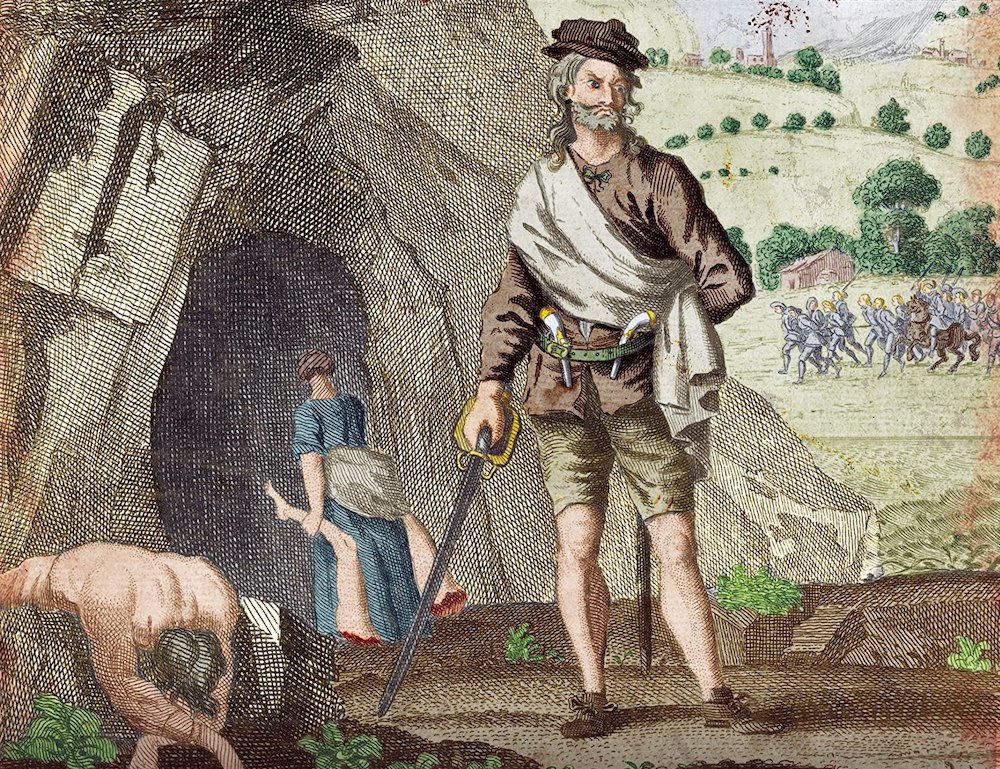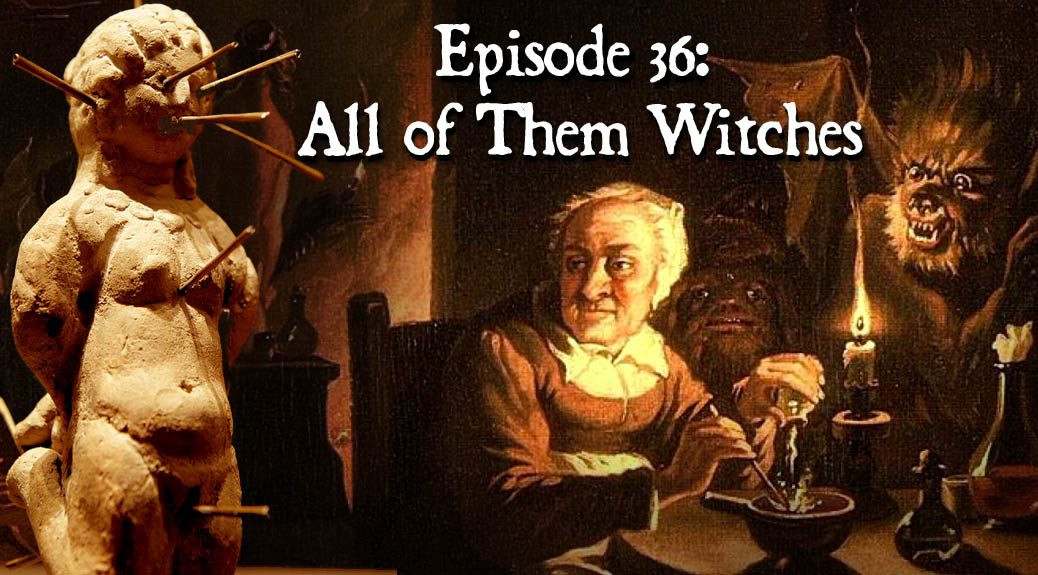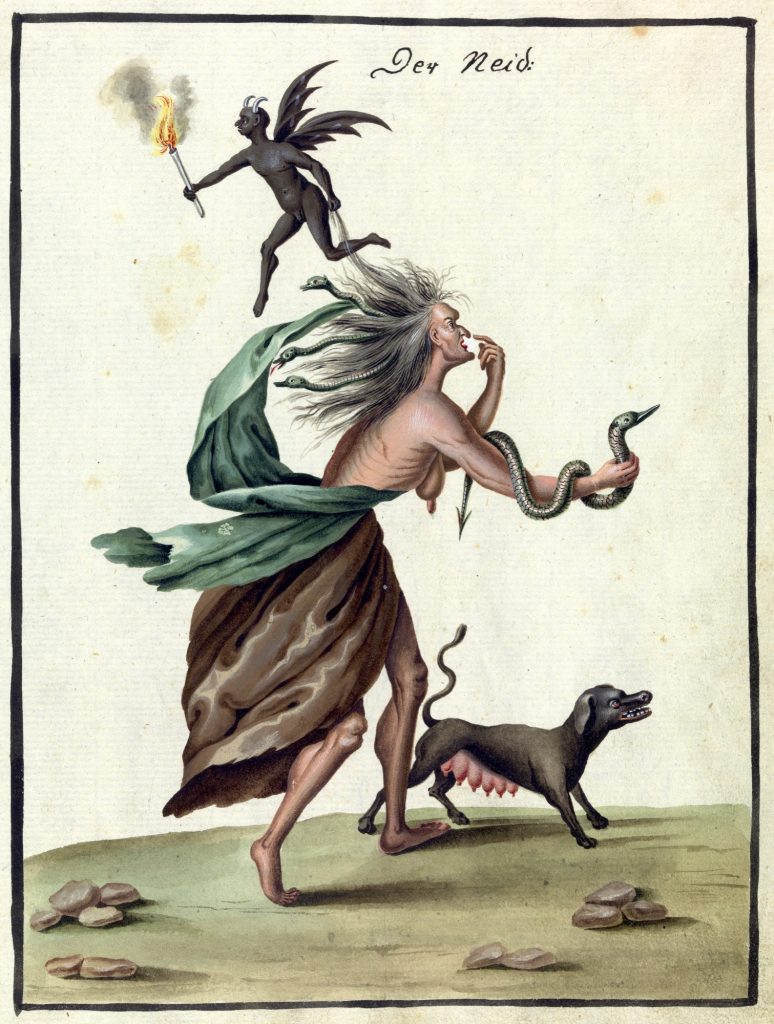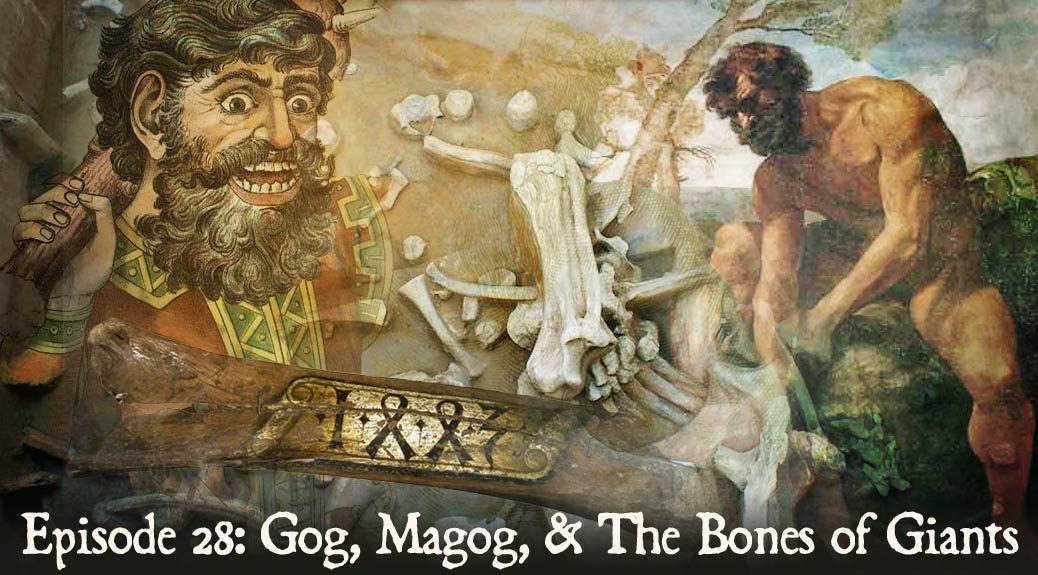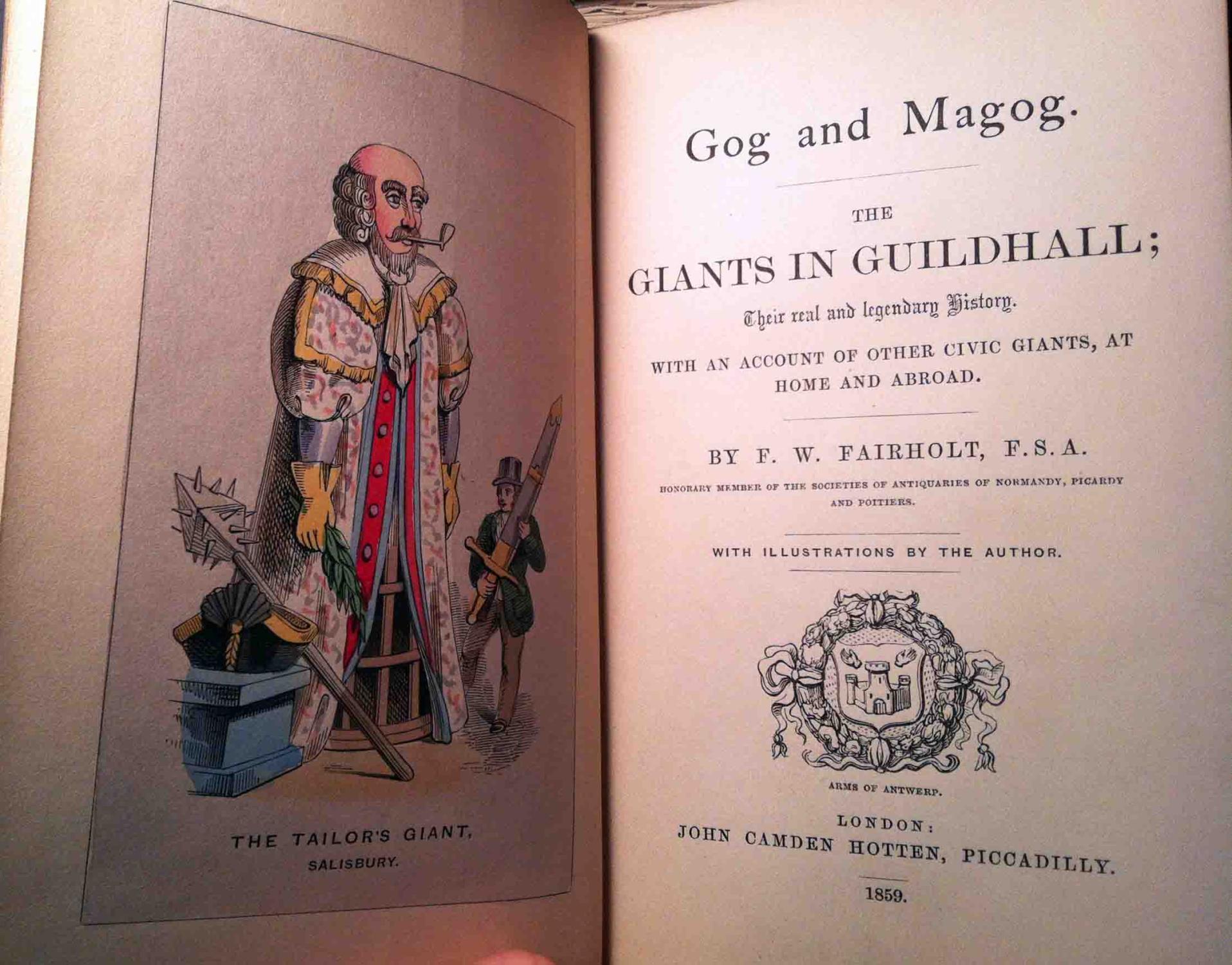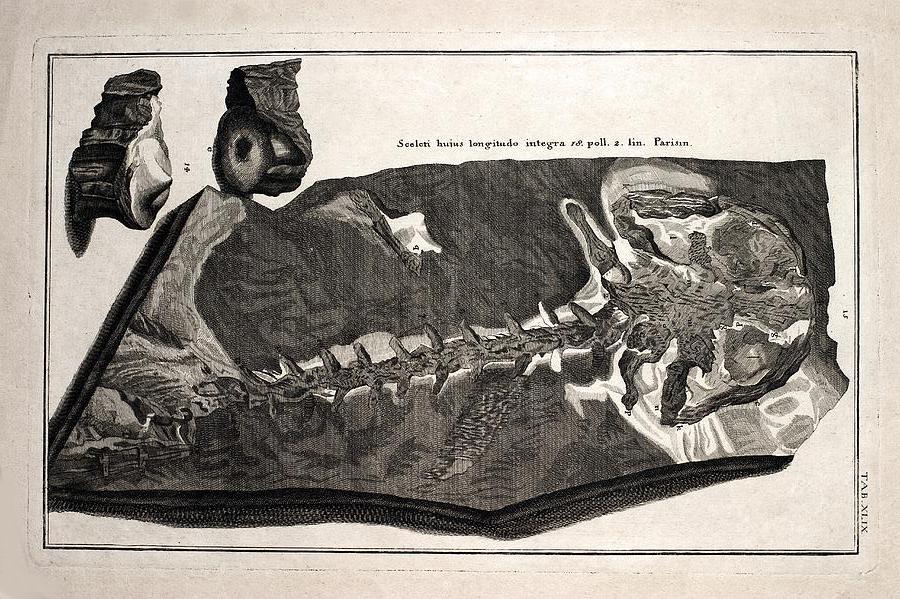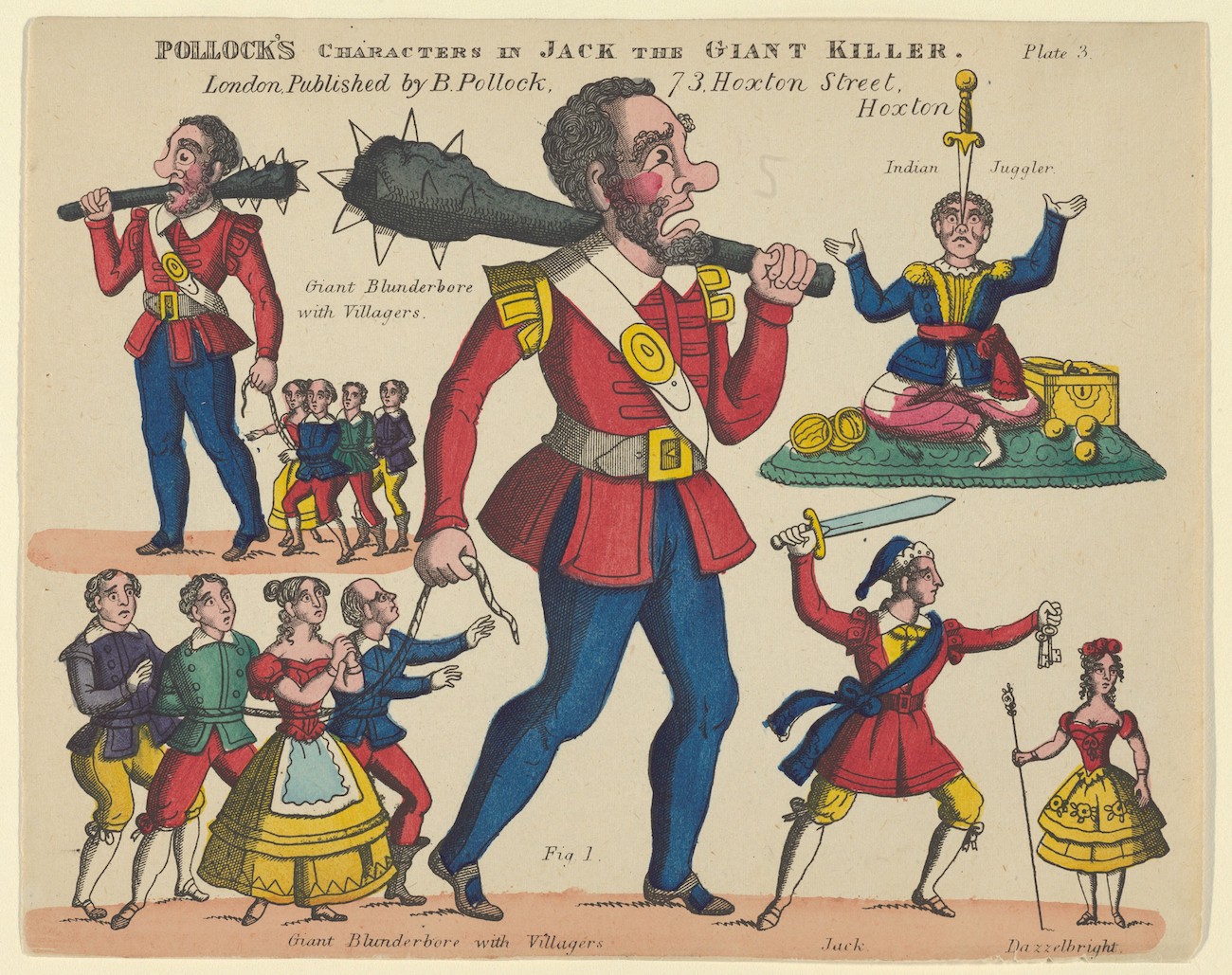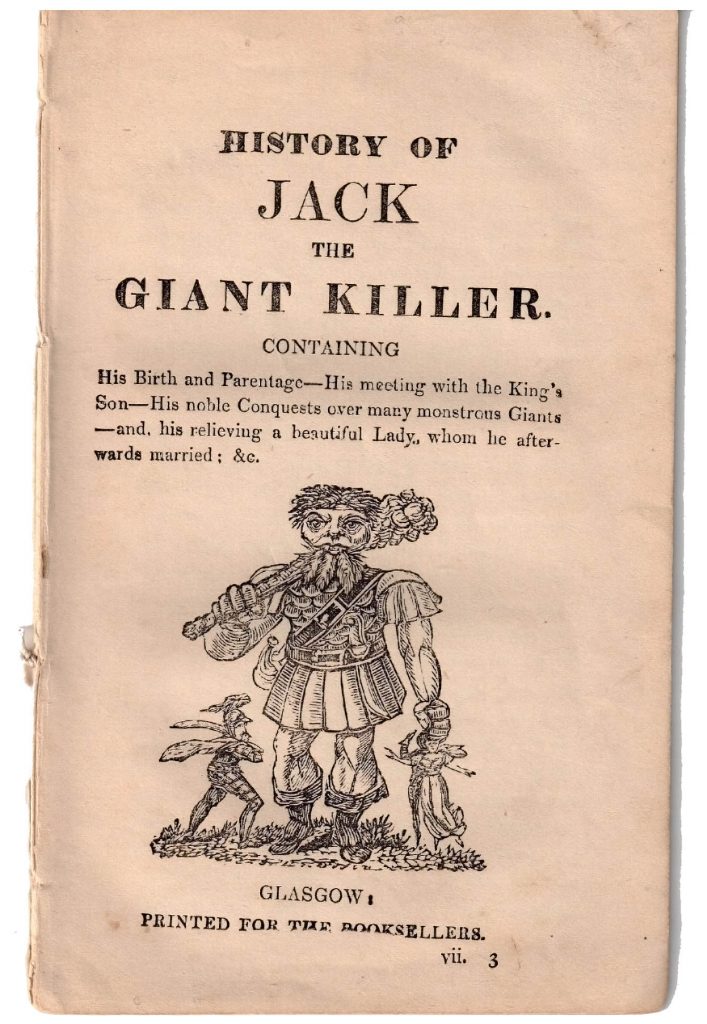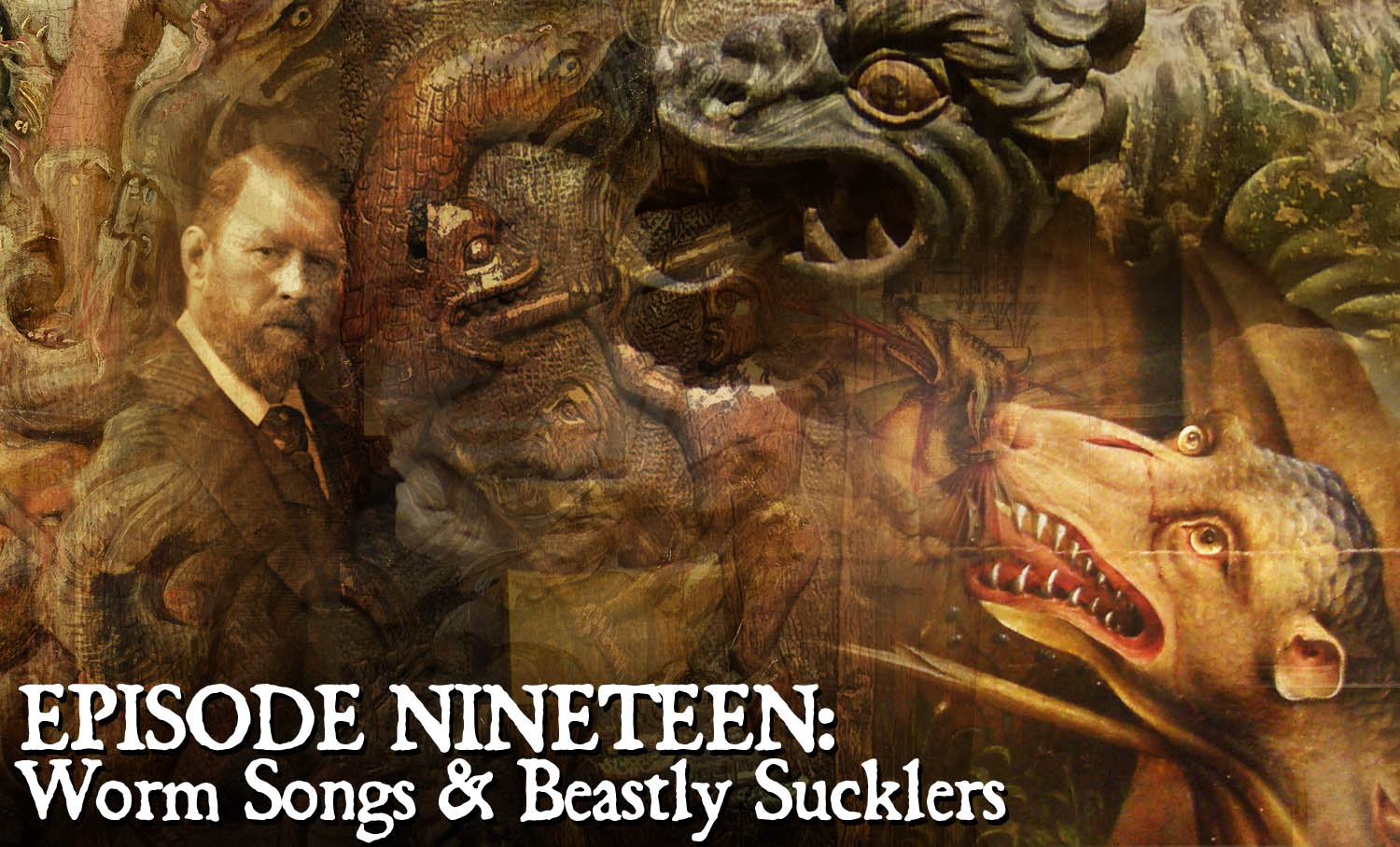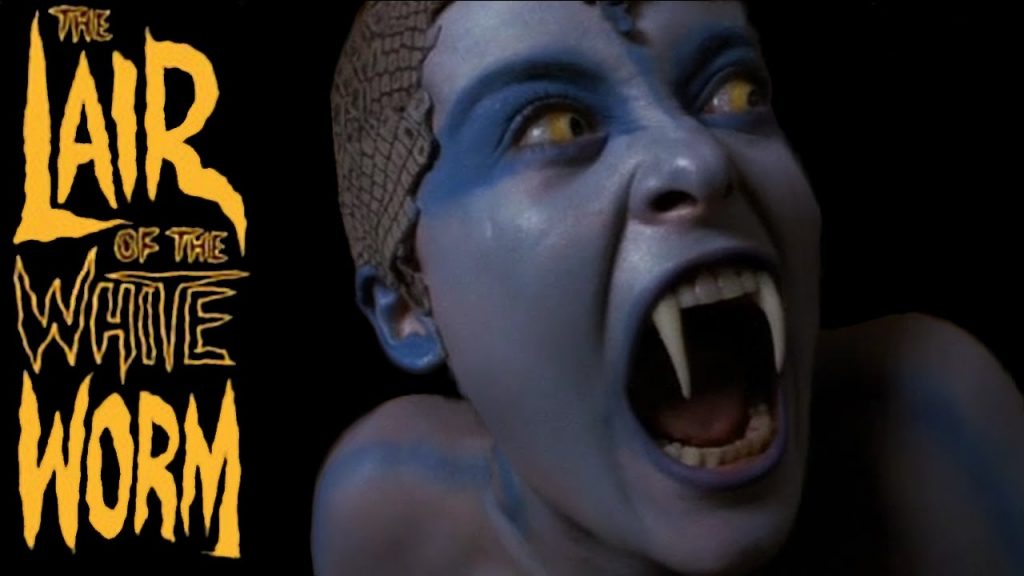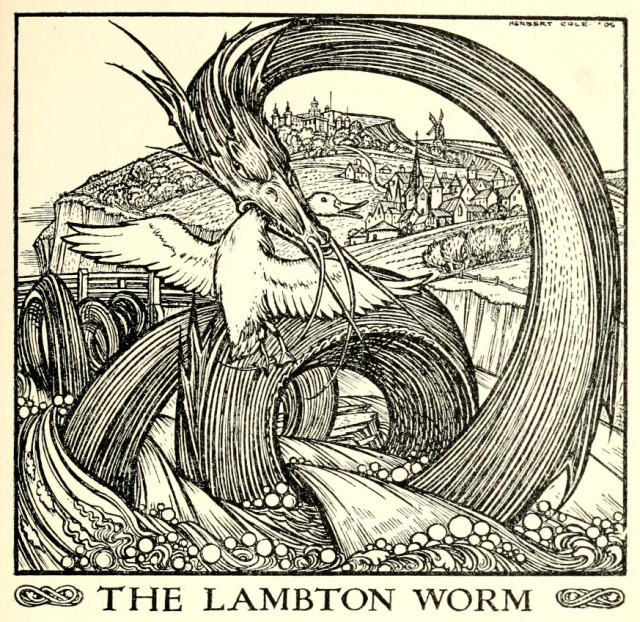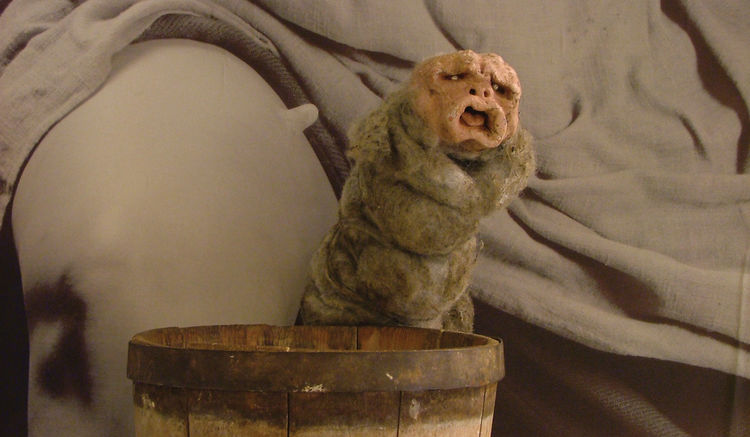
Drowned in Blood: Butcher Lore
Podcast: Play in new window | Download (Duration: 43:44 — 40.0MB)
Subscribe: Apple Podcasts | Spotify | Android | Podchaser | RSS | More
Our seasonal look at butcher lore begins with the slaughter of an immense ram as related in the centuries-old English song, “The Derby Ram” (AKA “The Darby Ram”). In the lyric, a butcher and his boy assistant are “washed away in the blood,” giving us our episode’s title. The song is roughly enacted in an old Christmas folk play from Derbyshire, “Old Tup” (an old local word for “ram.”) We hear a montage of snippets of the song from The Kossoy Sisters, John Kirkpatrick, John Roberts, and Matt Williams.
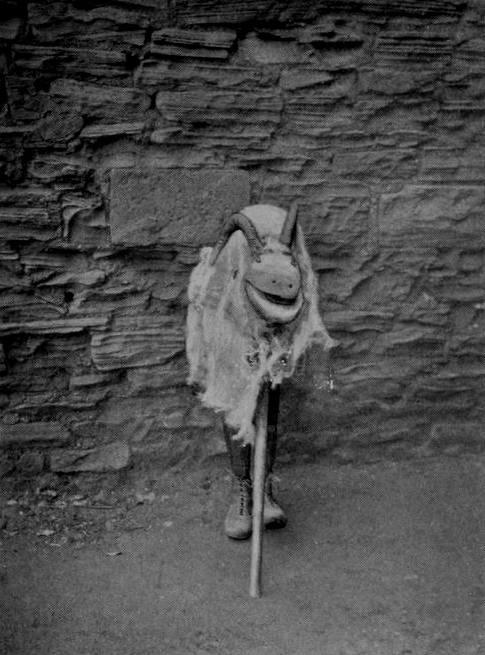
While the 19th-century trend among folklorist to view mummer’s plays like this as vestiges of ancient pagan rites is no longer accepted, the notion does suggest our next topic: a Germanic emphasis on sacrifice during the month of November, which the Anglo-Saxons called Blod-monath (“month of sacrifice.”) We look at the Scandinavian yuleblót marking the beginning of Winter and its connection to Freyr and his sister Freyja, both symbolized by boars or swine sacrificed in this rite. Along the way, we hear Mrs. Karswell read a famous 11th-century account by the chronicler Adam of Bremen describing particularly spectacular sacrifices said to be offered in the ancient temple that once stood outside Uppsala, Sweden. We also touch upon the Anglo Saxon Modranicht or “Night of the Mothers,” which was celebrated on Christmas Eve.
Next we discuss the slaughter of swine, November’s traditional “Labor of the Month”among medieval peasantry. Its aristocratic equivalent is the boar hunt carried out in November and December. We have a look at the serving of boar’s head at Christmas among the nobility and hear a snippet of the medieval Boar’s Head Carol as well as a whimsical tale told at Oxford supposedly explaining how the boar’s head custom arrived at Queen’s College.
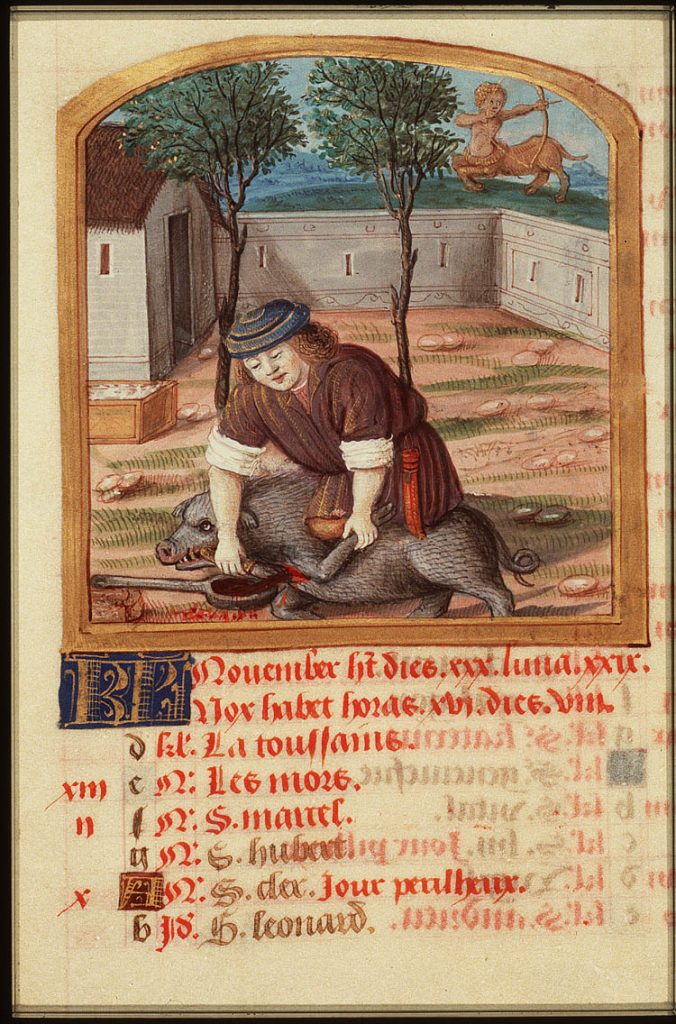
The particular day most traditionally associated with the slaughtering of animals for the Winter (and the old day regarded as the beginning of winter) is November 11, St. Martin’s Day. We hear of a strange St Martin’s custom associated with the slaughter of beef in Stamford, Lincolnshire in the 17th-century and of the magical use of blood from fowl slaughtered on this day in Sweden and Ireland. Our “meaty” segment ends with a bit of the comic song “A Nice Piece of Irish Pig’s Head.”
A tradition in Lower Bavaria fixes December 21, St. Thomas Day, as the date for dispatching swine and is associated with the appearance a demon or ogre by the name of “Bloody Thomas.” We hear a description of a cruel and/or amusing 19th-century prank played on children on this day.
Next we look at the legend of “St. Nicholas and the Three Schoolboys,” which has an unsettling connection to our gory theme. A clip from a French song from the 16th century ‘”La légende de Saint Nicolas“” is included as is a story of the Alsatian bogeyman, Père Fouettard, an equivalent of the Krampus or Knecht Ruprecht said to be related to this particular Nicholas legend.
From 14th century Scotland, comes the story of butcher from the town of Perth who famously turned to cannibalism. Born Andrew Christie, he is better known as “Christie Cleek,” from an old Scottish word for “hook,” an implement important in his grisly deeds.
We close the show with a look at Sawney Bean, Scottish leader of a incestuous cannibal clan believed to be a legendary reworking of the more historically based tale of Christie Cleek.
